What Is Donburi ?
Donburi, also known as donburi-mono, is a very popular dish in Japan.
Donburi usually refers to a large, deep-bottomed bowl, while donburi in cooking refers to a bowl of hot rice topped with a variety of toppings.
Many donburi dishes end with "don."
Typical toppings include meat, fish, eggs, and vegetables, and are seasoned according to the ingredients.
Since a donburi is served in a single bowl, you can enjoy a nutritious and balanced meal quickly and easily.
Donburi, loved in Japan and overseas, is ideal for lunch on a busy day or a quick dinner.
The history of donburi dates back to the Edo era (1603–1868).
During this period, donburi became popular among the people of Edo (now Tokyo) as an easy-to-eat fast food.
Tendon (tempura rice bowls) and unadon (eel rice bowls) were particularly loved by ordinary people at the time, which were served at diners and food stalls as quick meals.
Donburi's simplicity and the style of serving everything in one bowl appealed to the busy townspeople.
During the Meiji era (1868–1912), Japan began to adopt Western culture, which impacted its food culture.
Donburi remained popular for its simplicity, and many different variations were invented.
Even today, due to its convenience and affordable prices, donburi is one of the most familiar everyday meals for many Japanese.
You can also find locally-unique donburi in Japan called "gotochi-donburi."
The fact that donburi is known as Japanese food overseas and is popular worldwide demonstrates its universal appeal.
In addition to the classic gyudon (beef rice bowls) and tendon, more and more new variations, such as mabo-don topped with mabo tofu and karaage-don topped with karaage (fried chicken), have appeared in recent years.
Deka-mori donburi, where ingredients are stacked so high that they look like they might spill out of the bowl, has also become a popular trend.
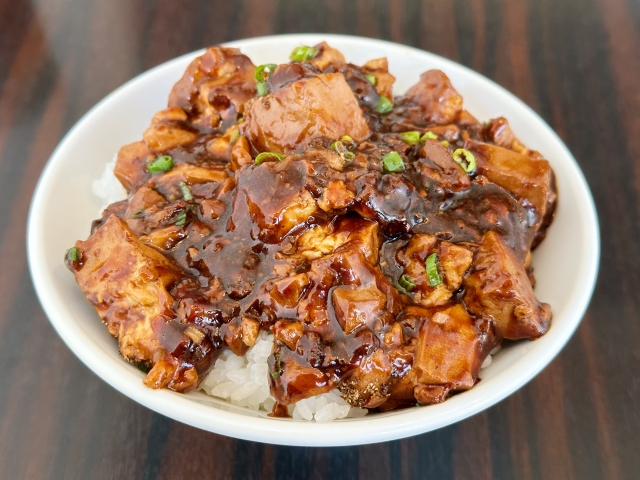
Cultural Background and History of Donburi
Donburi is one of the representative food styles in Japanese culinary culture. The simple form of placing side dishes on top of rice actually began spreading among common people during the Edo period, evolving into a convenient and delicious “one-bowl complete meal” style.
Why Did the Style of Placing Toppings on Rice Develop?
The origins lie in the Japanese staple food—rice—and a lifestyle that required quick and efficient meals. Especially for merchants and craftsmen during the Edo period who led busy lives, donburi was an ideal way to consume a nutritious meal quickly.
By placing juicy ingredients such as simmered dishes or tempura over rice, the flavors of the rice and toppings merge to create a richer and more satisfying eating experience. This fusion of practicality and taste has supported the widespread popularity of donburi.
The Aesthetic of “Wa” Contained in Donburi
Donburi is not merely fast food; it also reflects the Japanese values of "ichiju-sansai" (one soup, three dishes) and a spirit of harmony. The balance of colors and textures, as well as the harmony between the bowl and its contents, encapsulates the aesthetics of Japanese cuisine in a single dish.
Today, in addition to traditional donburi, creative and internationally inspired variations have emerged. Donburi continues to be highly praised both domestically and internationally as a dish that showcases the diversity of Japanese food culture.
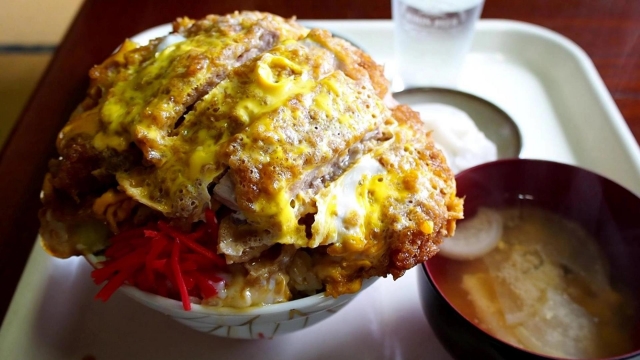
Types of Donburi
Tendon
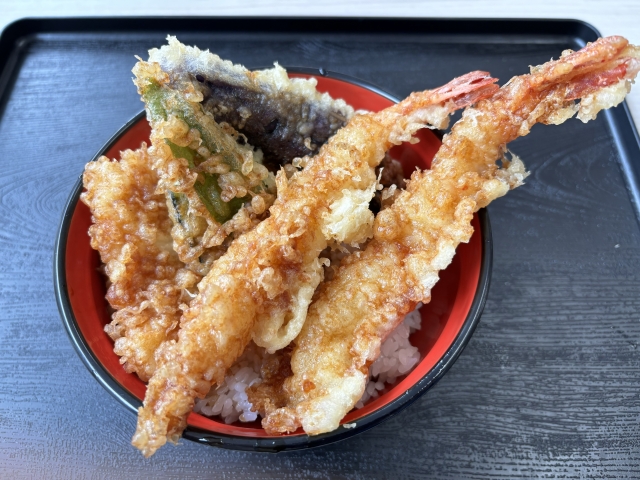
Tendon is topped with freshly deep-fried tempura on a bed of warm rice, served with a special sweet and salty sauce.
Shrimp and vegetables are common ingredients used for the tempura.
Tempura is crispy and pairs well with rice, making it a satisfying meal in a single bowl.
The sauce is made from dashi (broth), soy sauce, sugar, mirin (sweet rice wine), and other ingredients.
Tempura is often thoroughly dipped in the sauce before serving.
Each restaurant offers a variety of tempura with different sauces, allowing you to enjoy their unique flavors.
In Japan, tendon can be found in various places, including tempura restaurants, Japanese restaurants, tendon specialty restaurants, or supermarkets.
Kaisendon
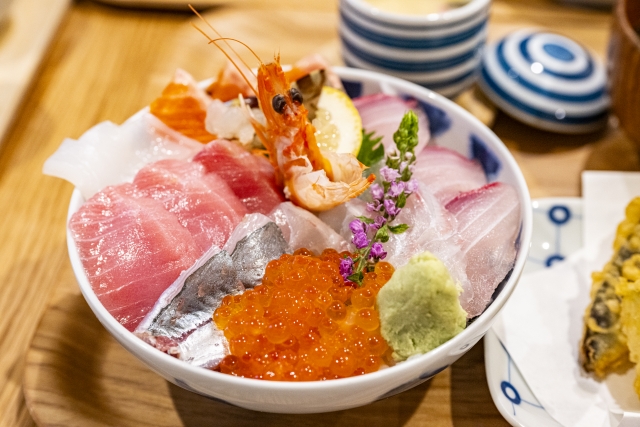
This donburi features a bed of rice topped with fresh seafood.
Seafood such as tuna, salmon, squid, shrimp, sea urchin, and more are used as toppings.
Kaisendon is particularly popular in port towns throughout Japan, and each regionally unique variation uses locally caught seafood.
For example, kaisendon in Hokkaido is characterized by its generous amount of toppings and colorful appearance.
The seafood used in kaisendon is often eaten raw but may also be marinated (seasoned with soy sauce and mirin rice wine) or seared (lightly grilled on the surface).
A donburi topped with lean tuna marinated in soy sauce is called tekkadon.
Soy sauce, wasabi, and seaweed are often placed on the rice as garnishes to enrich the flavor.
Kaisendon can be found at Japanese restaurants or kaisendon specialty restaurants.
Katsudon
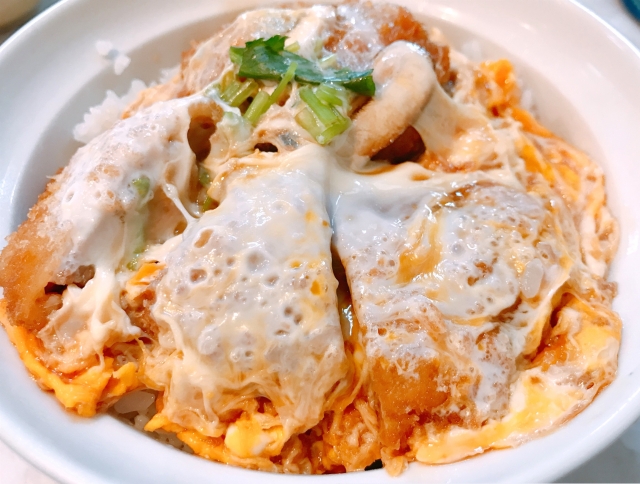
This donburi is prepared by simmering deep-fried tonkatsu (pork cutlet) in a sweet, salty broth with onion and egg, serving it on rice.
It is popular among people of all ages for its juicy pork and mellow flavored egg.
The broth is usually made from soy sauce, sugar, mirin rice wine, and dashi broth, adding a deep flavor to the pork.
The onions are simmered until soft, and the cutlet is soaked in broth to give the katsudon an exquisite flavor, especially when served hot.
Katsudon is a particularly popular choice for lunch due to its generous and satisfying portions.
In the Nagoya area, there is sauce-katsudon, where a tonkatsu cutlet is dipped in sauce (called "sauce-katsu") and served on rice with cabbage.
Katsudon can be found at teishokuya (Japanese diners), Japanese restaurants, or katsudon specialty restaurants.
Oyakodon
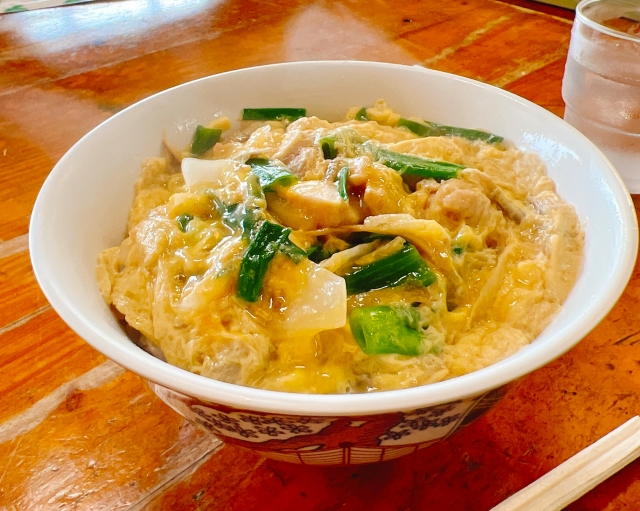
Oyakodon is a donburi topped with chicken and egg.
It is made by simmering chicken and onions in a sweet, salty broth, covering with egg, and topping with rice.
The broth is usually made of soy sauce, mirin rice wine, sugar, and dashi broth, which determines the overall balance of flavor.
Oyakodon combines egg and chicken for a tender texture, making it a flavorful accompaniment to the rice.
The egg is often finished half-cooked to create a creamy texture.
The name "oyako" comes from the use of chicken (oya: parent) and egg (ko: child).
A donburi topped with pork instead of chicken is called tanin (stranger) don.
Oyakodon can be found in set meals in restaurants or at supermarkets.
Unadon
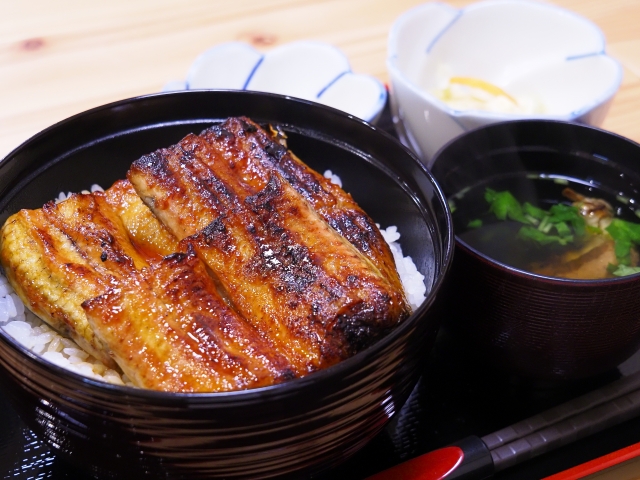
This donburi features kabayaki (grilled eel) on top of rice.
The unagi (eel) is seasoned with a special sweet and salty sauce and grilled over charcoal for a savory flavor.
Unadon is an extremely beloved dish in Japan as the unagi's rich flavor and the sweet and salty sauce excellently complement the rice.
There are also donburi bowls topped with unagi covered with egg like oyakodon, and those topped with tamagoyaki (a square omelet cooked by layering the egg) along with unagi.
Unadon can be found at unagi specialty restaurants.
The only difference between unadon and unaju (grilled eel box) is generally the serving container.
If a donburi (bowl) is used, the dish is called unadon, and if a square-shaped container called a "jubako" is used, the dish is called unaju.
Unaju is considered more luxurious and is sometimes chosen for special occasions and when welcoming guests.
Gyudon
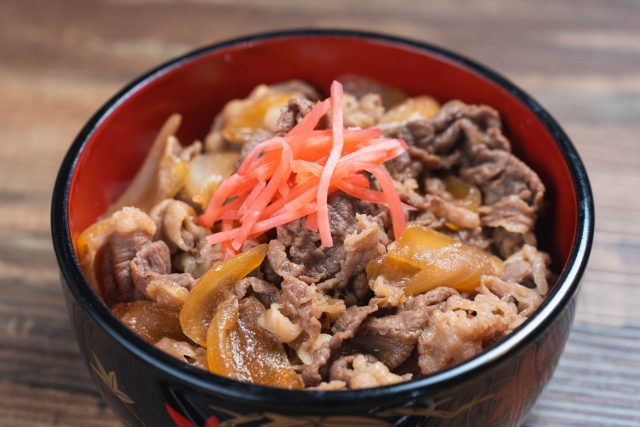
Gyudon is topped with thinly sliced beef and onions simmered in a sweet and salty soy sauce-based sauce on a bed of hot rice.
It is widely loved throughout Japan for its convenience and affordable price.
The beef is tender and juicy, pairing well with the sauce to complement the rice.
In Japan, gyudon chain restaurants offer inexpensive and speedy meals and are favored mainly by office workers and students.
Outside of chain restaurants, gyudon can be found in Japanese diners and restaurants, where you may notice a difference in seasoning.
How to eat donburi
Sometimes a lid is placed over the bowl to keep it warm or to protect the food from dust.
In that case, take the lid off and enjoy the meal.
You can also use the lid as a plate to temporarily place toppings for a donburi with many toppings, making it easier to eat.
Essentially, donburi bowls are enjoyed by eating rice with the toppings as you like.
They are often served with a spoon and are easy to eat.
In donburi, toppings are arranged on top of the rice so that the sauce on the toppings can soak through to the rice, enhancing its flavor.
Please compare the taste of rice and toppings with the dishes served on separate plates, as you may notice the difference in flavors.
Kaisendon are often served with soy sauce and wasabi (a pungent condiment).
In this case, you can temporarily put the soy sauce in a small dish, dissolve the wasabi in the soy sauce, and pour the soy sauce over the bowl.
Gyudon can be enjoyed with red pickled ginger, typically provided at the table, as desired.
People’s reaction when eating
Search Restaurants by Destination

Search Restaurants by Popular Cuisines





